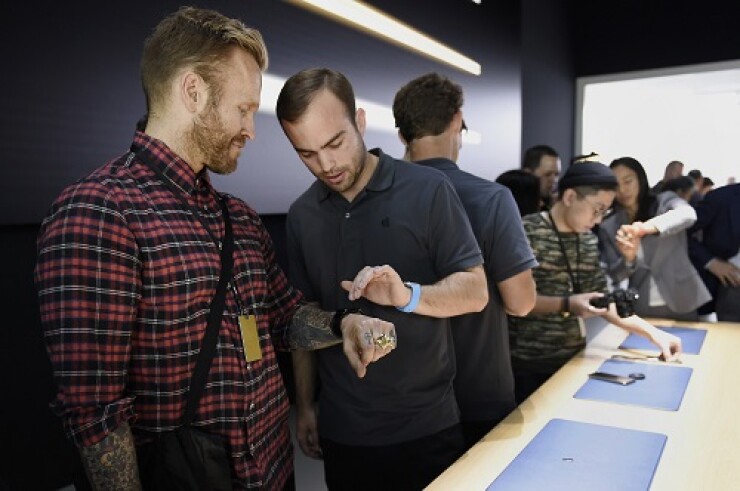We at Novarica speak with solution providers as part of our research efforts as we gather information for reports and our clients. (We averaged nearly seven-and-a-half briefings a week last year.) We often hear of new and interesting ways companies apply technology for insurance use cases in these conversations and will feature items of interest in blog posts from time to time.

Last week, Novarica spoke with a company that provides wearable devices for loss control use cases. Wearables have shown promise for tracking health-related data in the past few years. These devices have featured as part of plans with a wellness focus—like John Hancock offering policies that include policyholder fitness tracker data. Fitness trackers and other consumer-focused wearables have undergone user abandonment and low adoption rates at the same time; both factors influenced insurer interest in turn. Special-purpose wearables still show promise for specific applications like loss control despite consumer and carrier ambivalence.
The wearable the company demonstrated to us could measure environmental, wearer, and location information. The device collects motion data in the workplace and uses AI to analyze incidents like slips and falls, correlating events with location and environmental data to determine whether conditions like humidity or temperature played a role. The cloud-based analytics develop history to provide worksite safety managers with information on zones where accidents frequently occur. Insurers or third-party safety research organizations supply remediation information.
The device uses beacons in the facility to ensure reliable connectivity; it only transmits location information if the device detects a safety-related event. This is an important feature (and part of employee training and onboarding) as it assures workers that the device does not track them continuously. The company reports that most clients have successful employee adoption since the devices reduce workplace accidents.
The most interesting aspect of this wearable platform is the AI-driven machine learning that combines sensor information with patterns of known incidents. This combination makes the platform very accurate over time and enables it to analyze information and provide it to facility safety managers quickly. The platform has applications in factories as well as in medical facilities.
Please contact me for more information on this or other interesting emerging technology use cases from insurance solution providers.
This blog entry has been reprinted with permission





